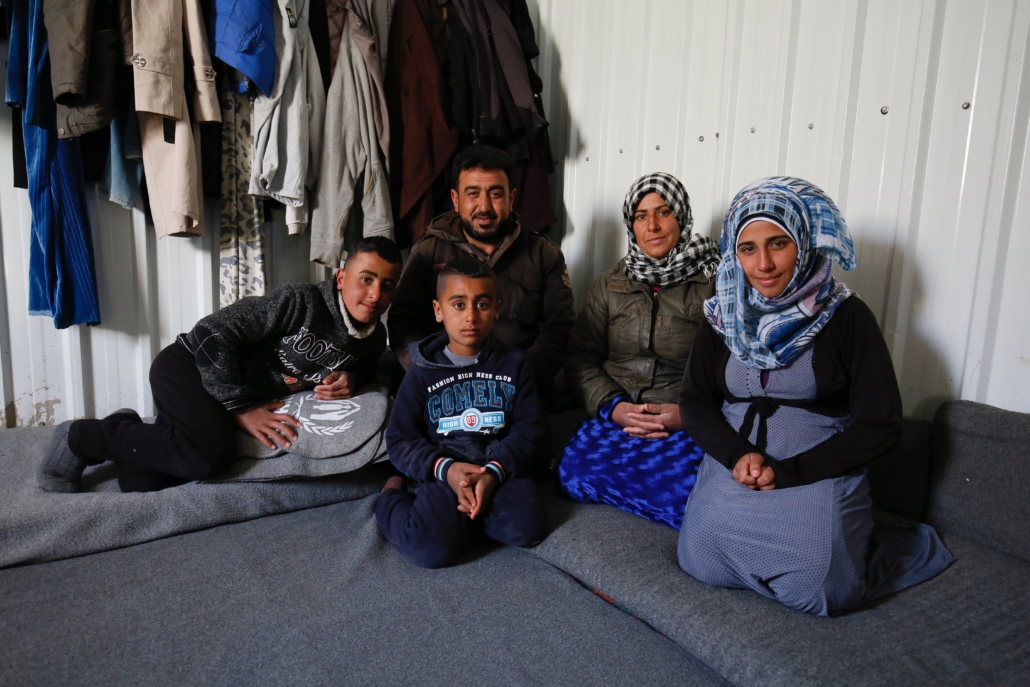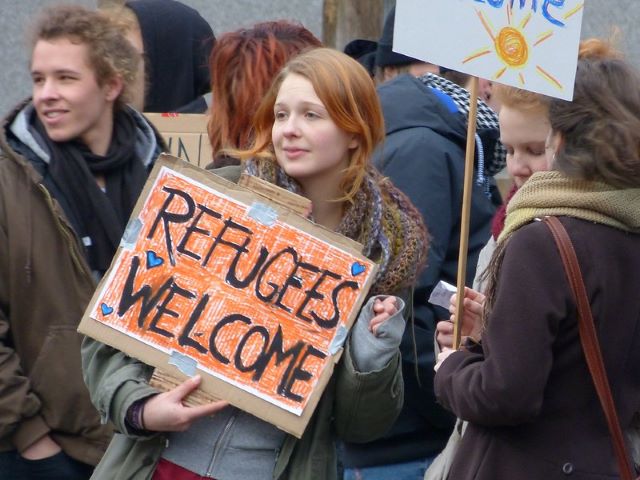 In 2019, the U.N. Refugee Agency reported that there were about 26 million refugees globally. An estimated 68% of refugees come from just five countries: Syria, Venezuela, Afghanistan, South Sudan and Myanmar. Refugees exist in a state of flux, with their futures and fates in the hands of potential host countries. Refugees are one of the world’s most vulnerable groups yet the idea of hosting refugees comes with hesitancies due to misinformation and misconceptions. There are several benefits of hosting refugees.
In 2019, the U.N. Refugee Agency reported that there were about 26 million refugees globally. An estimated 68% of refugees come from just five countries: Syria, Venezuela, Afghanistan, South Sudan and Myanmar. Refugees exist in a state of flux, with their futures and fates in the hands of potential host countries. Refugees are one of the world’s most vulnerable groups yet the idea of hosting refugees comes with hesitancies due to misinformation and misconceptions. There are several benefits of hosting refugees.
Refugees Bring Productivity
There is a misconception that refugees come into a host country and subsist on benefits instead of working. Though not every country allows refugees to work, those that do allow this, see just how productive refugees are. Often unable to use their credentials in other countries, refugees are known for starting from the ground up and they are effective at it. Economic advisor, Phillipe Legrain, estimates that 1,000 refugee businesses could generate $100 million each year. If host countries loosen restrictions and allow refugees to expand their job opportunities, it could significantly improve the economies in host countries.
This would also mean making language learning classes and integration courses more accessible, but in the long run, the fiscal rewards outweigh the cost. Countries that allow refugees to work and open up businesses know that the influx of productivity is one of the major benefits of taking in refugees.
Refugees Enrich Culture
Some fear that accepting refugees means that the native culture will disappear. According to Anna Crosslin of the International Institute in St. Louis, cross-cultural understanding is vital for integration. Events like the annual Festival of Nations, which is run by the International Institute, not only help expose St. Louis residents to other global cultures but also help immigrants feel more at home. Even though there are differences between each culture, most cultures are incredibly similar at their core. Refugees are fleeing the same things ordinary citizens fear: families being torn apart, the right to vote being taken away, lack of education and more.
Refugees do not aim to disrupt the culture of their host countries but enrich it. They may bring with them different practices, foods and religions, but in the end, most people have similar ideals.
Refugees Stimulate the Economy
The more people participating in a country’s economy the better. Economic activity alone is one of the many benefits of taking in refugees. There is an initial investment required when allowing refugees into a country. Housing, language classes, healthcare, sustenance. All of these things cost a significant amount of money to provide, but once refugees are established in their host country, the initial investment pays off.
Refugees start businesses that employ locals, pay taxes and generate wealth. In countries with an aging workforce, young refugees entering the workforce complement their work and allow them to retire, while also contributing to social security or pension funds. Being able to work and make money, in general, allows refugees to stimulate the economy of their host country. Refugees allowed to work and enterprise are great for an economy, much more so than refugees that are not allowed in or not allowed to work.
Refugees Complement the Job Market
There is a misassumption that refugees take jobs away from their host country’s job market. Most studies conclude that refugees have very little effect on the job market at all. The U.S. State Department’s analysis of the labor market over a 30-year period showed that not only did refugees not negatively impact the job market, but they had no effect when compared to regions with no refugee population.
The work migrants do actually fill in the job market. In the United States, it is migrants doing much of the hard, physically demanding work like farming and cleaning meat and fish for consumption. These are jobs that not many native citizens want to do. The economic benefits of taking in refugees are also seen in areas with low domestic migration. In these places, migrants offer an economic boost that native citizens do not.
Refugees Bring Novel Skillsets and Knowledge
Many cultures make rugs, but who makes them like the Persians? Who can delicately remove the meat from a poisonous pufferfish like a Japanese sushi chef? Every country and culture has something that makes them stand out, something that they can teach and share with others.
Refugees offer language skills that natives might not. Many already have professional qualifications from their home countries. Most refugees exhibit a high degree of adaptability, a skill that is important in every industry. To top it off, organizations benefit greatly from diversity, experiencing greater profits, collaboration and retention than organizations that are not as diverse. Though refugees are not the only way an organization can become more diverse, the experiences, skills and perspectives gained are some of the greatest benefits of hosting refugees.
Welcoming Refugees
Resistance to accepting refugees is often due to misconceptions. Native citizens fear a disruption in their economy and culture. But in actuality, refugees stimulate the economy, enrich culture and supplement the job market. Better understanding the benefits of hosting refugees will hopefully mean that countries globally will be more accepting of this vulnerable group, realizing that benefits are provided on both sides.
– Maddey Bussmann
Photo: Flickr

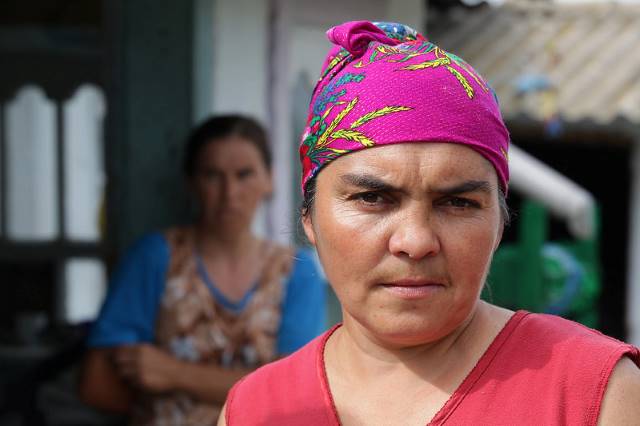 In Greece, tensions remain high between citizens of Greek descent and the Greek Roma. The Romani people, a
In Greece, tensions remain high between citizens of Greek descent and the Greek Roma. The Romani people, a 
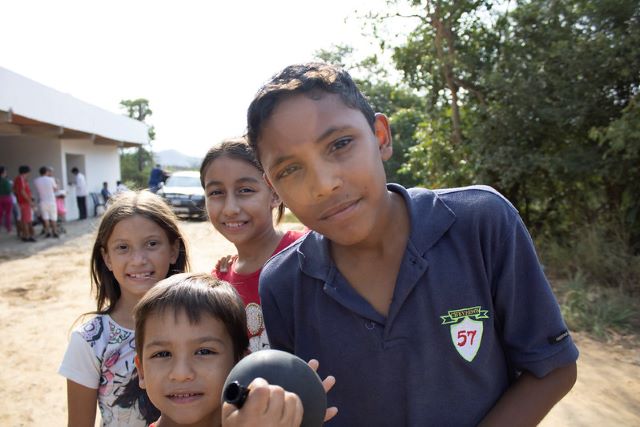 A combination of poor leadership and crippling sanctions have created a nation-wide economic crisis in Venezuela. The Center for Strategic and International Studies found that even before U.S. sanctions were placed on Venezuela, the country was already enduring hyperinflation, had seen
A combination of poor leadership and crippling sanctions have created a nation-wide economic crisis in Venezuela. The Center for Strategic and International Studies found that even before U.S. sanctions were placed on Venezuela, the country was already enduring hyperinflation, had seen 
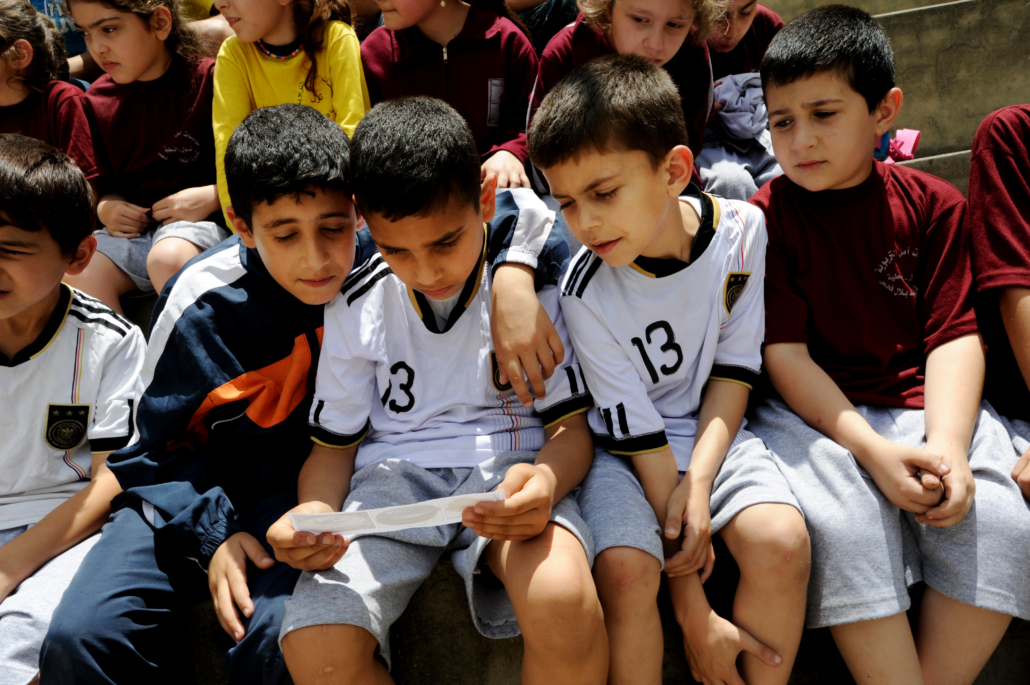
 In Lesbos, Greece, children suffering from life-threatening illnesses are being deprived of healthcare. Concerns regarding the Greek government’s stance on providing adequate healthcare to children suffering from chronic, complex and life-threatening diseases at the Moria camp are on the rise. Many camps are overcrowded and have limited resources available for the growing vulnerable population.
In Lesbos, Greece, children suffering from life-threatening illnesses are being deprived of healthcare. Concerns regarding the Greek government’s stance on providing adequate healthcare to children suffering from chronic, complex and life-threatening diseases at the Moria camp are on the rise. Many camps are overcrowded and have limited resources available for the growing vulnerable population. 
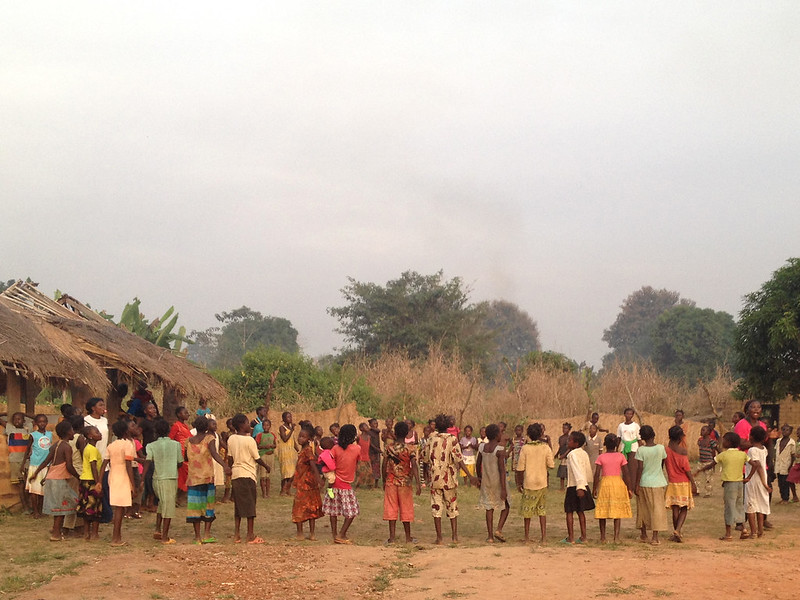 Refugees are beginning to return home to the Central African Republic after years of religious internal conflict. Around
Refugees are beginning to return home to the Central African Republic after years of religious internal conflict. Around 